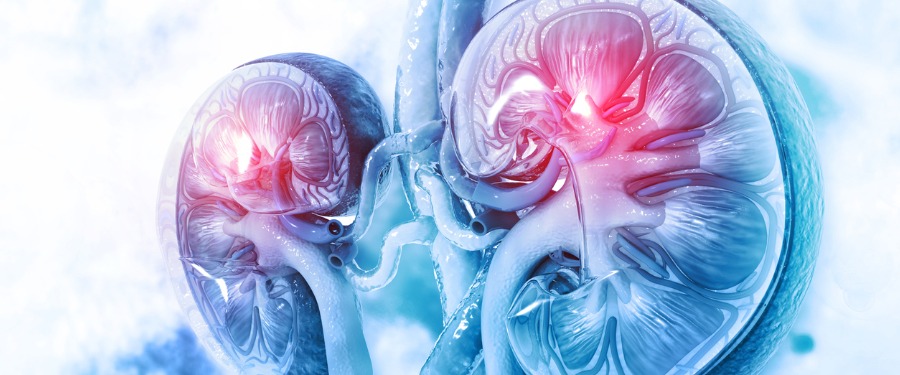What is C3G and what resources are available for those affected?

Complement 3 glomerulopathy (C3G) is a rare type of kidney disease, estimated to impact just 1 to 2 million people worldwide. C3G is a genetically inherited disorder that impacts all races and genders equally, and the average patient is diagnosed between the ages of 21 and 26.
Though C3G is considered a rare disease, researchers are working hard to better understand this condition and how to most effectively treat it. To help increase awareness about C3G, we’ve put together a guide explaining what C3G is, the symptoms it causes, and the research currently taking place to benefit patients who have been diagnosed.
What is C3G?
“Complement 3” refers to a blood protein that plays a vital role in our body’s immunity, while “glomerulopathy” refers to damage to the glomeruli (filtering units) in the kidney. When the body’s complement system becomes overactive, C3 complement proteins are broken down and trapped in the glomeruli, where they can then cause damage.
Because C3G is a disease that was not understood until recently, the naming convention is also fairly new. Before 2013, many C3G patients would have been given a diagnosis of “membranoproliferative glomerulonephritis (MPGN)” or “mesangioproliferative glomerulonephritis.”
What are the symptoms of C3G?
Some of the common symptoms of C3G can include:
- Proteinuria (high levels of protein in the urine)
- Hematuria (blood in the urine)
- Hypoalbuminemia (low levels of protein in the blood)
- Swelling of the hands, feet, and ankles
- Generalized fatigue
- Urine that is dark and/or foamy
- High blood pressure
The severity and overall progression of C3G depend on many factors, and there are treatments designed to ease symptoms for those diagnosed. However, because there is currently no known treatment for C3G, the disease typically worsens with time, eventually leading to kidney failure.
How is C3G diagnosed?
Because C3G is genetically inherited, doctors may suspect a patient of having it when symptoms present. Diagnostic tools can include bloodwork and urinalysis, but the only way to confirm the presence of the condition is via a kidney biopsy. For those who have C3G, this biopsy will show breakdown products of C3, while other proteins will be absent from the glomeruli.
What resources are available to C3G patients?
Right now, there is no FDA-approved treatment for C3G — but that doesn’t mean that there are no options for those impacted. Doctors often employ the use of steroids, immunosuppressant drugs, diet changes, and more to reduce kidney damage and lessen the severity of symptoms for their patients. The National Kidney Foundation and NephCure also offer resources for those diagnosed with C3G, including robust information libraries and online communities for patients to connect.
Additionally, researchers are working continually to find a potential treatment for C3G. This research is only possible if those who have been diagnosed participate in clinical trials to study investigational medications — so if you have been diagnosed, consider checking your eligibility for a C3G clinical trial today.
Topics: For Patients
